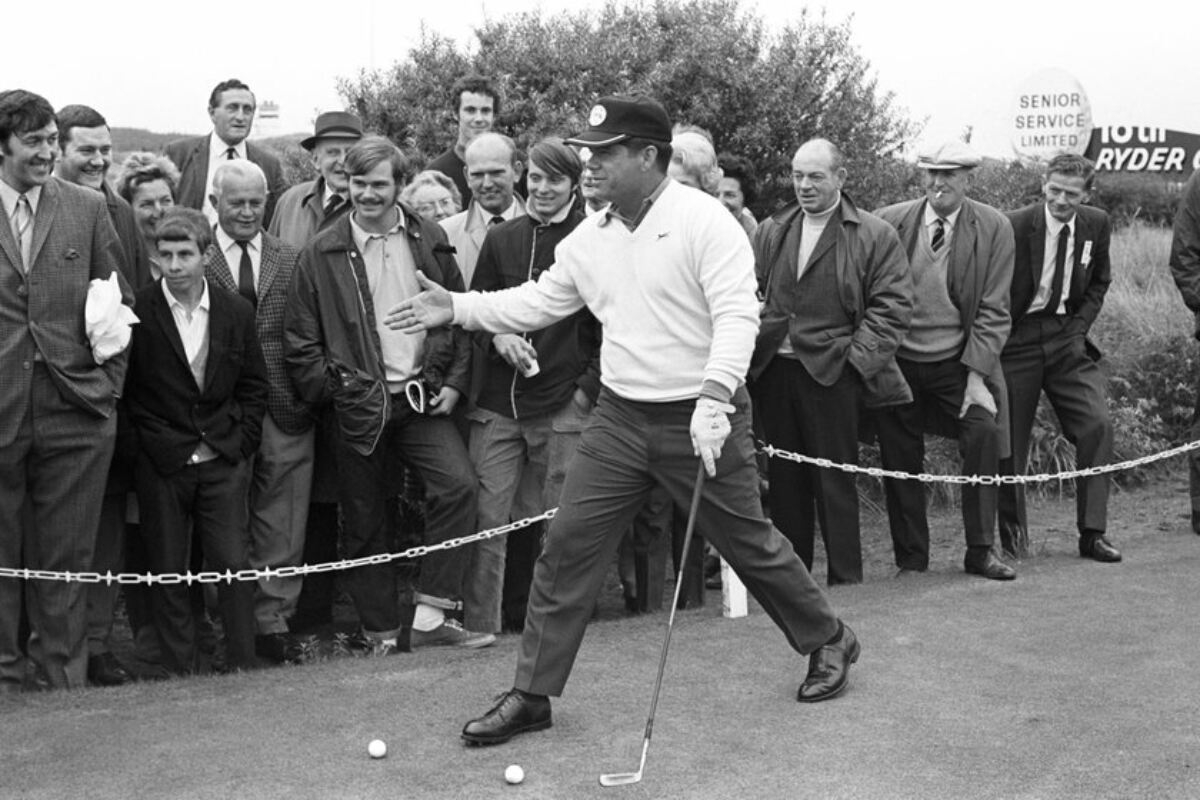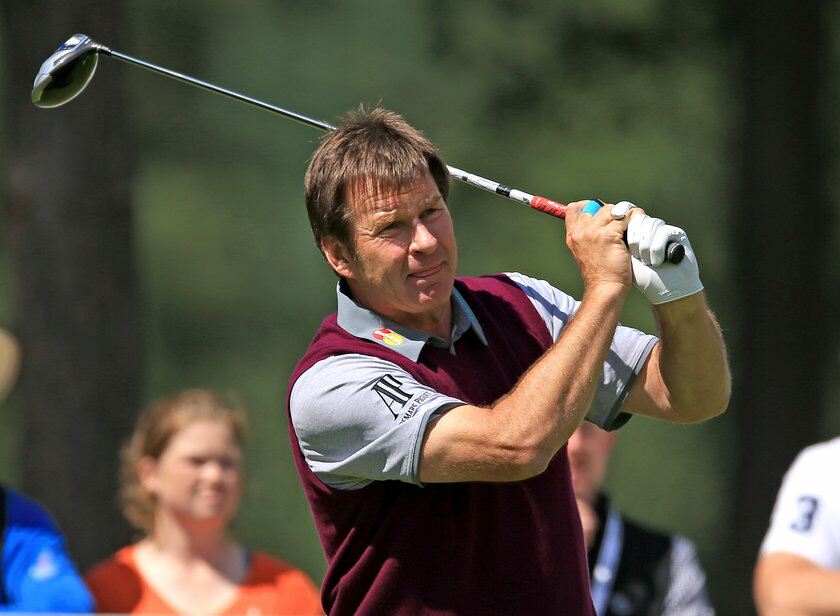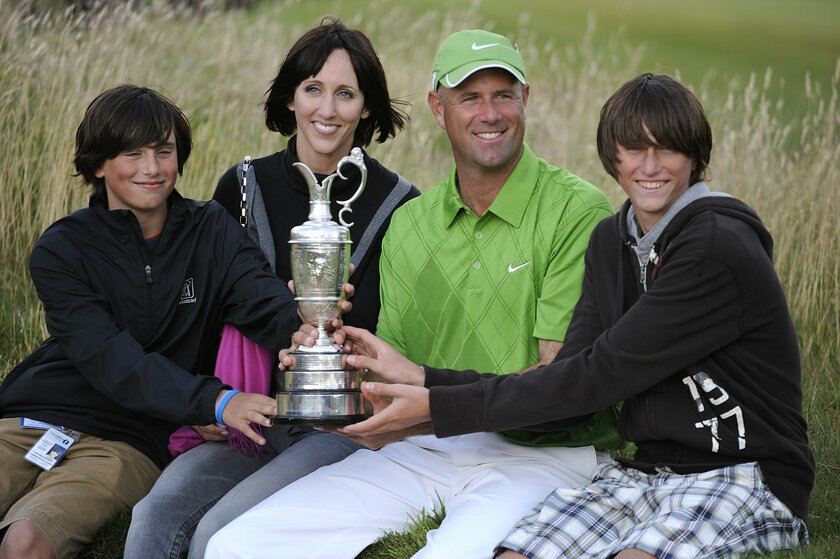5 best pieces of golfing advice from the pros
Every golfer has their own nugget of advice. We look at the best pieces of sage wisdom from golf’s greats…
10 November 2016
2 minute read

|
Lee Trevino entertains the crowds. PA Archive/PA Images
We’ve all got our own piece of golfing wisdom, whether we overheard it in the 19th hole, or came up with it ourselves while tackling a devilishly difficult bunker on a windy day. And while some of these are great, we like to take our advice from the best.
We’ve scoured the golfing world to find the 5 best pieces of golfing advice that could improve your game from the world of professional golfing.
‘Aim low’ – Lee Trevino
This is a piece of second-hand advice, given by the great Trevino to John Miller in the early 70s. And like the best advice, it’s specific and works in everyday play.
The advice was simple: "If you're choking, baby, just hit it low. It doesn't have time to get off line."
We’ve all been in that situation when everything we hit either slices or hooks and we end up spending the best part of the day knee-deep in the rough. If you find yourself in this situation, make sure your tee is low to the ground and lean into your shot a little. This punch-style drive means you might not get the distance but you’ll have position – which is often more important.
‘When it’s breezy, swing easy’ - Davis Love, Jr
It’s a saying that’s been around for decades – but one that’s stuck with us for a reason.
If you’re faced with a wind – whether it’s blowing down your neck or swirling from side to side – the temptation is to try to drive the ball as hard as you can through the gale. The logic is the harder and faster it travels, the less chance the wind will get to move it from its line.
But actually, all you end up doing is hitting it at a stepper angle allowing the ball to balloon off, or to make the mistake worse.
Instead, choke down a bit on the club and swing at around 75% of your usual power with an easy swing, as if you’re guiding the ball not pushing it. This provides a straighter drive through the storm.
|

Nick Faldo showing off his 80% swing. Nigel French/PA Wire.
|
‘Aim for 80%’ – Nick Faldo
A similar one to the Davis Love Jr nugget, this piece of advice is all about getting a more natural swing.
Faldo says: “Never swing with more than 80% effort.”
It’s said the great Faldo would often start by hitting as hard as he could, usually with his 7-iron. He’d then dial back his swing so the ball only went around 100 yards. Slowly, he’d then add 10 yards each shot until he reached his normal striking distance. What he found was that by doing it this way, he could hit his maximum distance but only use 80% of the power.
This technique is all about control. If you start going up to 100%, you might get a few more yards but the pay-off is less control.
‘Be a good putter’ - Ben Sayers
This might sound like common sense, but it’s useful advice that few people actually take.
Ben Sayers was a pioneer of golf, playing at the end of the 19th and early 20th Century. And his advice still makes sense today.
He said: “A good player who is a great putter is a match for any golfer. A great hitter who cannot putt is a match for no one.”
And it’s true. The fact is that you can be the best approach player in the world, but what really counts is getting the ball in the hole.
The margins are smaller on the approach – the difference between a good and bad approach play is usually getting to the green in 3 or 4 shots instead of 4 or 5. On the green, a good putter can sink it in one, while a bad putter might take 3 shots – a big difference.
|

Stewart Cink and his advice giving wife. Rebecca Naden/PA Archive
|
|
‘Keep the main thing’ – Stewart Cink
This is great advice for life in general. Though while we attribute it to Cink here, it actually came from his wife, who was taught it when training as a counsellor.
It basically means narrowing your focus to only look at the important thing. And while it can be applied to life, it also comes in handy with golf. From which kit to use to what shot choice to take, and as a professional which tournaments to play.
You might be thinking about a million things like wind speed, green condition, your past hole, the rest of the course, your partner’s score…the list goes on.
But what you really need to focus on is simply how to get the ball to where I want using the club. It’s about taking it one shot at a time.
|


